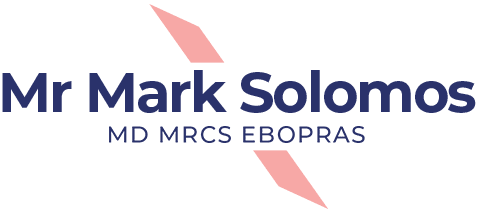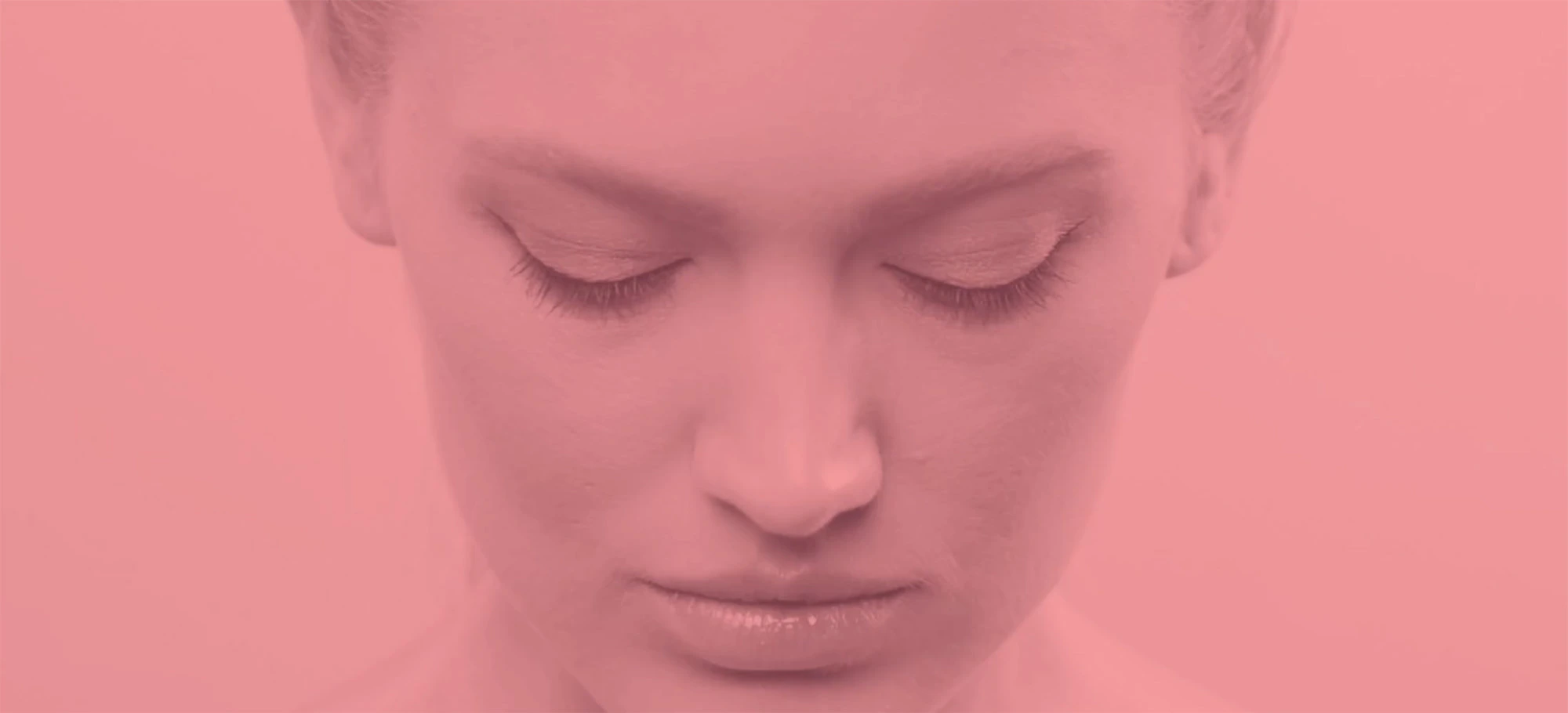A Second Chance to Get it Right
As a UK-based plastic surgeon, one of my key goals is to ensure every patient feels informed, supported, and confident when considering any procedure. While rhinoplasty (commonly known as a nose job) has helped many people enhance the appearance and function of their nose, it’s not uncommon for some to feel disappointed with the results—or even experience complications.
That’s where revision rhinoplasty comes in. Also known as secondary rhinoplasty, this procedure offers the opportunity to correct or improve the outcome of a previous surgery, whether for cosmetic reasons, functional issues, or both.
What Is Revision Rhinoplasty?
Revision rhinoplasty is a follow-up surgical procedure designed to address problems from a previous nose surgery. This might involve adjusting the shape, refining the size, or restoring proper function—especially if the first procedure didn’t go as planned.
Because the nose has already been operated on, revision surgery tends to be more complex. Scar tissue, changes in anatomy, and weakened cartilage can all make the second procedure more delicate—but with the right expertise, beautiful results are absolutely achievable.
Why Do People Choose Revision Rhinoplasty?
There are several reasons someone might seek revision surgery:
- Aesthetic Concerns
The most common reason is dissatisfaction with the look of the nose following the initial procedure. Whether it’s an issue with shape, symmetry, or proportions, many people feel their goals weren’t fully met the first time. - Breathing Difficulties
In some cases, rhinoplasty can unintentionally affect nasal function. If you’ve developed breathing problems or nasal blockage after your surgery, a revision can help restore proper airflow and comfort. - Surgical Complications
Although rare, complications like infection, excessive scarring, or poor healing may require a second procedure to correct. - Changes Over Time
Even if the initial results were good, factors such as ageing, trauma, or weight changes can alter the shape of the nose over time—sometimes making revision worthwhile.
At our London based clinics, we take pride in offering detailed consultations and a personalised approach. This careful planning is one reason why so many of our patients leave glowing five-star reviews.
Benefits of Revision Rhinoplasty
Choosing to undergo a second procedure can bring a range of physical and emotional benefits:
- Refined Appearance
Revision surgery can create a more harmonious and natural-looking nose by correcting size, asymmetry, or contour issues left from the original surgery. - Restored Function
If breathing problems developed after your first rhinoplasty, revision can help restore normal function and comfort. - Improved Confidence
When the nose looks and feels right, it can make a world of difference to your self-image and overall confidence. - Specialist Care
Because revision rhinoplasty is more complex, it’s vital to choose a surgeon who specialises in this type of procedure. With experience comes precision, and with precision comes peace of mind.
Things to Consider Before Going Ahead
If you’re thinking about revision rhinoplasty, there are a few important points to keep in mind:
Timing Matters
It’s generally recommended to wait at least 12 months after your original surgery before considering revision. This gives the tissues time to fully heal and settle, making it easier to assess what truly needs adjusting.
Choose the Right Surgeon
Experience is everything when it comes to revision rhinoplasty. Don’t hesitate to ask for before-and-after photos or patient testimonials—these can be invaluable in helping you feel confident in your decision.
I currently practise at two leading London clinics: The Cadogan Clinic in Chelsea and Highgate Private Hospital. At both locations, we’re proud to share the results we’ve achieved and the positive transformations experienced by clients from across the UK.
Be Realistic
While revision rhinoplasty can deliver excellent results, it’s important to understand what’s achievable. The goal is improvement—not perfection—and to create a nose that fits your features and feels like you.
I could go on at length about rhinoplasty and the various techniques we use, but I hope this article has given you a helpful overview of revision procedures and what they involve.
If you’d like to learn more, feel free to explore the other articles on my blog. Or, if you’re ready to take the next step and talk through your options, I’d be delighted to welcome you for a consultation.
We offer full assessments, honest advice, and a carefully considered plan that puts your needs first.




